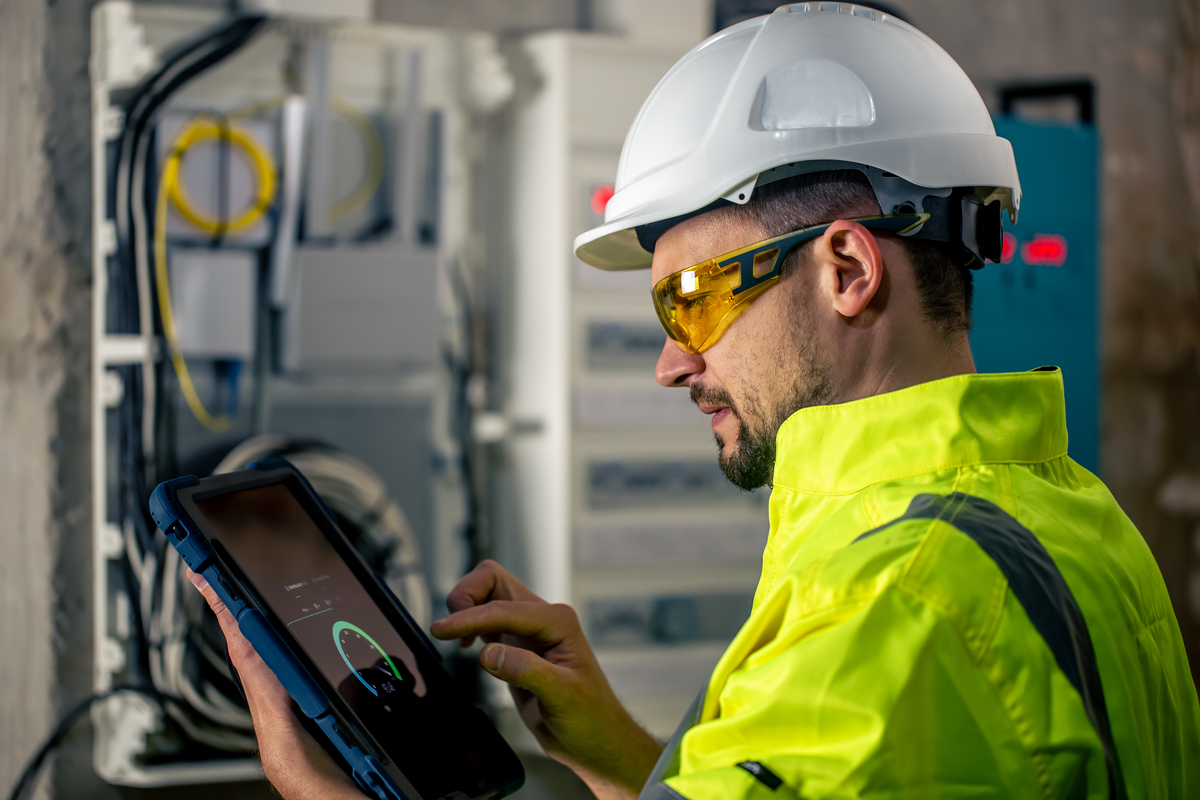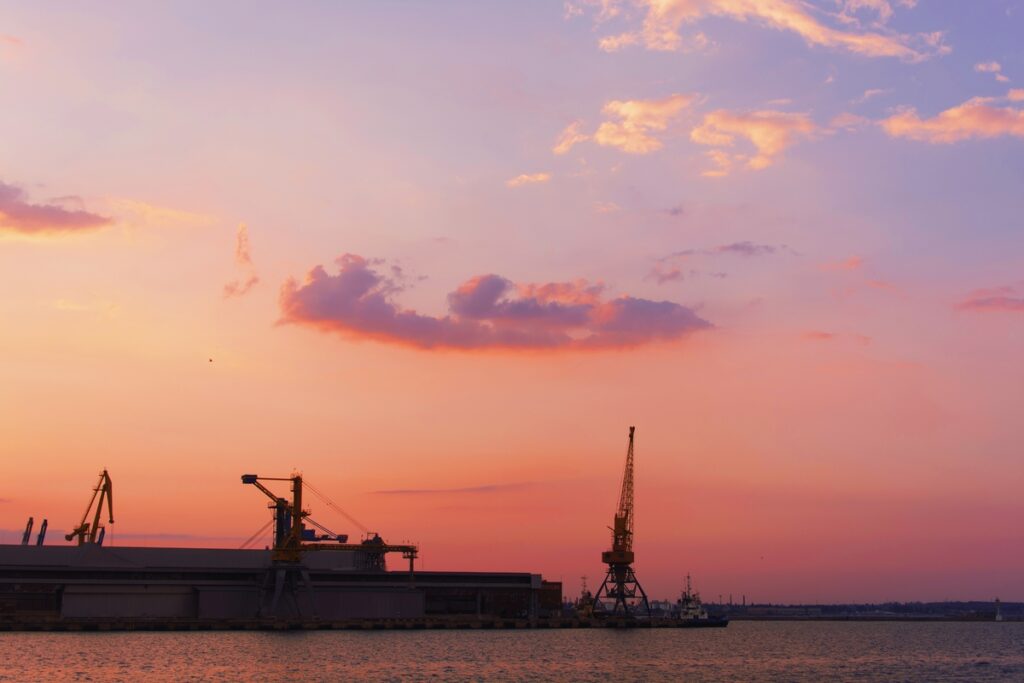Offshore sensors represent a cornerstone of modern marine operations, offering invaluable insights into the dynamic and often challenging environments of our oceans. As industries expand their presence into offshore territories, the demand for advanced sensor technology has skyrocketed, driven by the imperative to monitor, analyze, and manage activities in these remote and often hostile settings.
According to recent statistics from MarketsandMarkets, the global offshore sensor market is projected to reach USD 3.7 billion by 2026, reflecting a compound annual growth rate (CAGR) of 4.7% from 2021 to 2026. This growth underscores the critical role that offshore sensors play across a spectrum of industries, from oil and gas to renewable energy, environmental monitoring, maritime security, and scientific research.
In this context, understanding the definition, functionality, applications, and advancements in offshore sensor technology becomes paramount. From the depths of subsea oil rigs to the towering structures of offshore wind farms, these sensors are instrumental in collecting essential data, ensuring operational safety, and mitigating environmental risks. However, as the reliance on offshore sensors continues to grow, so too do the challenges and limitations associated with their deployment and operation. This review explores the landscape of offshore sensor technology, delving into its applications, advancements, challenges, and future prospects in shaping the future of offshore industries.
Table of Contents
Definition and Functionality of Offshore Sensors
Offshore sensors are sophisticated devices designed to collect, monitor, and analyze various types of data in marine environments. These sensors play a critical role in diverse industries such as oil and gas, renewable energy, environmental monitoring, maritime security, and scientific research. Their functionality extends across a broad spectrum of applications, making them indispensable tools for understanding and managing activities in offshore settings.
Offshore sensors encompass a wide range of instruments engineered to operate in challenging marine conditions. They are specifically designed to withstand harsh environments characterized by saltwater exposure, extreme temperatures, high pressures, and corrosive elements. These sensors are deployed in offshore locations such as oil rigs, wind farms, wave energy converters, and underwater research stations to gather real-time data vital for decision-making, safety, and environmental protection. Functionality of offshore sensors can be summerize into these points:
- Data Collection: The primary function of offshore sensors is to collect various types of data pertaining to the marine environment. This includes parameters such as sea temperature, salinity, pressure, currents, wave height, wind speed, and underwater visibility. Advanced sensors can also detect pollutants, trace gases, and marine life activity.
- Monitoring and Surveillance: Offshore sensors continuously monitor environmental conditions and operational parameters in offshore installations. They provide essential information for assessing the performance and integrity of structures such as oil platforms, offshore wind turbines, and underwater pipelines. Surveillance sensors contribute to maritime security by detecting and tracking vessels, identifying potential threats, and safeguarding critical infrastructure.
- Risk Assessment: By gathering and analyzing data in real-time, offshore sensors facilitate risk assessment and management in offshore operations. They help identify potential hazards such as severe weather conditions, oil spills, equipment malfunctions, and structural weaknesses. Early detection of anomalies enables prompt intervention and mitigation measures to prevent accidents and minimize environmental impact.
- Resource Management: Offshore sensors support efficient resource management by optimizing the utilization of marine resources and minimizing environmental footprint. In the oil and gas industry, for instance, sensors aid in reservoir monitoring, production optimization, and pipeline integrity management. In renewable energy projects, sensors optimize the performance of offshore wind, wave, and tidal energy converters by providing insights into resource availability and operational efficiency.
- Research and Exploration: Offshore sensors are indispensable tools for scientific research and exploration of marine ecosystems. They enable researchers to study oceanographic processes, marine biodiversity, and climate change impacts. Autonomous underwater vehicles (AUVs) equipped with sensors are used for mapping underwater terrain, conducting habitat surveys, and collecting samples for scientific analysis.
- Remote Monitoring and Control: Many offshore sensors are equipped with remote monitoring and control capabilities, allowing operators to access real-time data and adjust settings remotely. This capability enhances operational efficiency, reduces the need for manual intervention, and enables timely response to emergencies or abnormal conditions.
In essence, offshore sensors serve as the eyes and ears of marine operations, providing crucial insights into the dynamic and often challenging offshore environment. Their continuous monitoring and data collection capabilities are instrumental in ensuring safety, efficiency, and sustainability in offshore industries.
Suggested article to read: Types of Sensors in Construction Industry; 2024 Review

Applications of Offshore Sensors
Offshore sensors find a multitude of applications across various industries operating in marine environments. These sensors are essential tools for monitoring, analyzing, and managing diverse aspects of offshore operations. Below are some key applications of offshore sensors:
- Oil and Gas Industry:
- Subsea Monitoring: Offshore sensors are deployed on oil rigs and subsea infrastructure to monitor parameters such as pressure, temperature, flow rates, and corrosion levels. This data helps optimize production, ensure asset integrity, and prevent equipment failures.
- Environmental Monitoring: Sensors are used to detect oil spills, monitor water quality, and assess the impact of offshore drilling activities on marine ecosystems. Environmental monitoring ensures compliance with regulations and facilitates prompt response to any environmental incidents.
- Renewable Energy Sector:
- Offshore Wind Farms: Sensors are installed on offshore wind turbines to monitor wind speed, direction, and turbulence, optimizing energy production and ensuring structural integrity. They also facilitate early detection of potential faults or malfunctions.
- Wave and Tidal Energy Converters: Offshore sensors measure wave height, frequency, and direction, as well as tidal currents, to assess the resource potential and performance of wave and tidal energy devices. This data helps developers design more efficient and reliable energy converters.
- Environmental Monitoring and Research:
- Oceanographic Research: Offshore sensors are used in scientific research expeditions to collect data on ocean currents, temperature profiles, salinity levels, and marine biodiversity. This information aids in understanding climate patterns, ocean circulation, and ecosystem dynamics.
- Habitat Monitoring: Sensors deployed in marine protected areas and sensitive habitats monitor water quality, habitat conditions, and species presence. This data supports conservation efforts and informs management strategies for preserving marine biodiversity.
- Maritime Security:
- Vessel Detection and Tracking: Offshore sensors, including radar and sonar systems, are used for maritime surveillance to detect and track vessels entering restricted zones or engaging in illegal activities. These sensors enhance maritime domain awareness and support law enforcement efforts to combat piracy, smuggling, and illegal fishing.
- Port Security: Sensors deployed in port facilities monitor vessel movements, cargo handling operations, and perimeter security. They help identify security threats, prevent unauthorized access, and ensure compliance with port regulations.
- Offshore Infrastructure Monitoring:
- Structural Health Monitoring: Sensors installed on offshore platforms, subsea pipelines, and underwater structures monitor structural integrity, fatigue, and corrosion. Continuous monitoring helps identify potential defects or vulnerabilities early, enabling timely maintenance or repair actions to prevent accidents or oil spills.
- Seabed Mapping: Offshore sensors, including multibeam sonar and bathymetric sensors, are used for seabed mapping and geophysical surveys to assess seabed characteristics, identify geological hazards, and plan offshore construction projects.
- Emergency Response and Disaster Management:
- Early Warning Systems: Offshore sensors contribute to the development of early warning systems for natural disasters such as tsunamis, hurricanes, and underwater landslides. Real-time monitoring of seismic activity, ocean conditions, and weather patterns helps forecast potential hazards and mitigate their impact on offshore installations and coastal communities.
These applications demonstrate the versatility and importance of offshore sensors in ensuring the safety, efficiency, and sustainability of offshore activities across various industries. Advances in sensor technology continue to expand the capabilities and potential applications of offshore sensing systems, driving innovation and improving our understanding of the marine environment.
Suggested article to read: Environmental Sensors; Comprehensive Guide 2024
Advancements in Offshore Sensor Technology
Advancements in offshore sensor technology have been pivotal in enhancing data collection capabilities, improving reliability, and reducing costs associated with offshore operations. These advancements are driven by the growing demand for real-time monitoring, increased automation, and the need to mitigate risks in harsh marine environments. Some notable advancements include:
- Miniaturization and Integration: Offshore sensors have become more compact and lightweight, allowing for easier deployment and integration into various offshore platforms, including autonomous underwater vehicles (AUVs) and remotely operated vehicles (ROVs). Miniaturization has also led to the development of multi-sensor systems capable of collecting a wide range of data using a single platform.
- Wireless Communication: Advancements in wireless communication technologies, such as Wi-Fi, Bluetooth, and satellite communication, have enabled offshore sensors to transmit data in real-time over long distances. This capability eliminates the need for physical connections to data acquisition systems, reducing installation costs and improving scalability.
- Remote Monitoring and Control: Offshore sensors are equipped with remote monitoring and control capabilities, allowing operators to access real-time data and adjust sensor settings from onshore locations. Remote monitoring enhances operational efficiency, reduces the need for manual intervention, and enables timely response to abnormal conditions or emergencies.
- Autonomous Operation: Autonomous offshore sensors, including AUVs and unmanned surface vessels (USVs), are equipped with advanced navigation and sensing systems that enable them to operate independently for extended periods. These autonomous platforms can perform predefined missions, collect data, and return to base autonomously, reducing the need for human intervention and increasing efficiency.
- Advanced Sensor Technologies: Offshore sensors now utilize advanced sensor technologies such as fiber optics, acoustic sensors, LiDAR, and hyperspectral imaging to collect high-resolution data with improved accuracy and precision. These sensor technologies enable more detailed characterization of offshore environments, including seabed mapping, underwater imaging, and detection of underwater objects or anomalies.
- Integration of AI and Machine Learning: Offshore sensors are increasingly incorporating AI in construction and machine learning algorithms to process and analyze large volumes of data in real-time. These algorithms can detect patterns, anomalies, and trends in sensor data, enabling predictive maintenance, anomaly detection, and optimization of offshore operations.
- Enhanced Durability and Reliability: Offshore sensors are designed to withstand harsh marine conditions, including corrosive seawater, extreme temperatures, and high pressures. Advanced materials and coatings are used to enhance durability and prolong sensor lifespan, reducing maintenance requirements and downtime.
- Construction Cost Reduction: Technological advancements have led to cost reductions in offshore sensor technology, making them more affordable and accessible to a wider range of applications. Standardization of sensor components, increased production volumes, and economies of scale contribute to lower costs of sensors and associated infrastructure.
These advancements in offshore sensor technology continue to drive innovation and improve the capabilities of offshore sensing systems, enabling safer, more efficient, and environmentally sustainable offshore operations across various industries. Ongoing research and development efforts are focused on further enhancing sensor performance, increasing automation, and addressing emerging challenges in offshore monitoring and management.
Suggested article to read: Building Sensors; Everything You Need to Know in 2024

Conclusion
Offshore sensors stand as indispensable assets for industries operating in marine environments, facilitating critical functions ranging from environmental monitoring to infrastructure maintenance and security. Despite their significant contributions, challenges persist, including environmental harshness, limited access, and power supply constraints. These challenges necessitate ongoing innovation and collaboration to overcome them effectively.
Nevertheless, the advancements in offshore sensor technology are remarkable. From miniaturization and integration to wireless communication and autonomous operation, these innovations have revolutionized offshore monitoring capabilities. Moreover, the integration of AI and machine learning has empowered sensors to process vast volumes of data in real-time, enhancing predictive capabilities and operational efficiency.
While durability and reliability have improved, cost reductions have made offshore sensors more accessible across various industries. These advancements continue to shape safer, more efficient, and sustainable offshore operations, with ongoing research aimed at further enhancing performance and addressing emerging challenges.
Offshore sensors serve as critical components in the intricate web of marine operations, providing invaluable insights that drive informed decision-making and ensure the protection of marine ecosystems and assets. As technology continues to evolve, offshore sensors will undoubtedly play an increasingly pivotal role in shaping the future of offshore industries, driving innovation, and fostering sustainable practices for the benefit of both industry and the environment.
Suggested article for reading:
5 Types of Wireless Alarm Button in Construction Site; 2024 Review
Theft in Construction Statistics & How to Avoid it; 2024 Review
Resources:
Althen Sensors & Controls | Advanced Sensors | Sensor Partners | Off Shores | Offshore Technology
For all the pictures: Freepik



